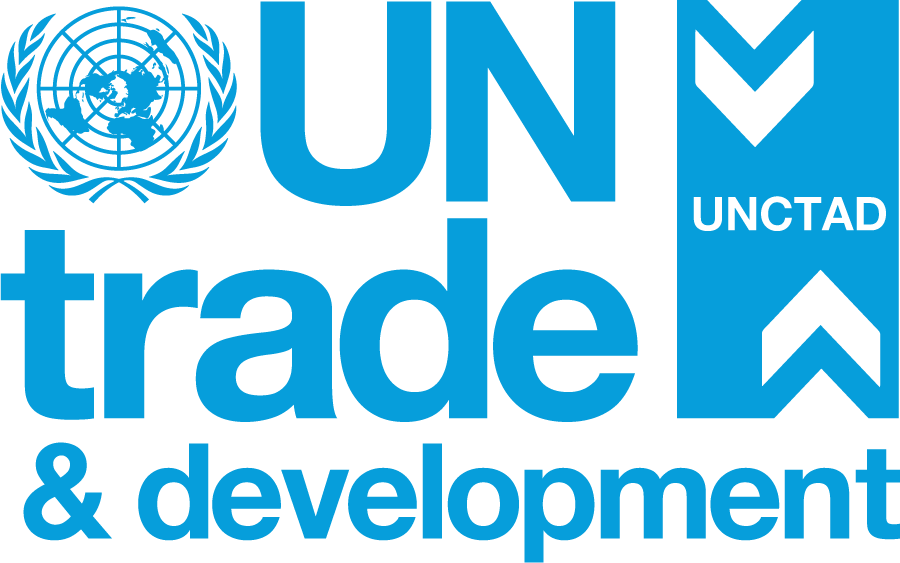Information Note
For use of information media - Not an official record
UNCTAD/PRESS/IN/2007/035
SELECTED FACTS AND FIGURES ON ´KNOWLEDGE, TECHNOLOGICAL LEARNING AND INNOVATION FOR DEVELOPMENT´
Geneva, Switzerland, 9 July 2007
| EMBARGO The contents of this press release and the related Report must not be quoted or summarized in the print, broadcast or electronic media before 19 July 2007, 17:00 GMT (1 PM New York, 19:00 Geneva) |
Selected Facts and Figures on ´Knowledge, Technological Learning and Innovation for Development´
Where the LDCs stand on science and technology
- There are only 94.3 scientific researchers per million people in the least developed countries (LDCs), against 313 in the other developing countries (ODCs) and 3,728 in rich countries (high-income OECD).
- Enrolment in University-level institutions (i.e. tertiary school enrolment as a share of the corresponding age group) is only 3.5% in the LDCs, against 23% in ODCs and 69% in rich countries.
- LDC Governments are devoting only 0.3% of their gross domestic product (GDP) to research and development (R&D), against 0.8% in other developing countries and 2.4% in rich countries.
International technology flows through trade and investment
- For each machinery or equipment imported by least developed countries (LDCs) by inhabitant, other developing countries (ODCs) import 12 times as many: LDCs imported $18 of capital goods per inhabitant 2000-05, against some $207 for ODCs.
- While just 20% of capital goods imports of LDCs consisted of information and communication technonoly (ICT) capital goods, in ODCs this share was much higher: ICTs made up half of ODC total capital goods imports.
- Foreign direct investment (FDI) inflows to the LDCs in 2000-05 were three times higher than in the preceding 10 years, but still they accounted for only 1% of world inflows in 2000-05 and 0.7% of world stock in 2005. FDI inflows to the LDCs are highly concentrated geographically: just four petroleum-producing LDCs - Angola, Chad, Equatorial Guinea and Sudan - received more than half (56%) of the total FDI inflows going to all 50 LDCs in 2000-05.
- As a result of FDI-driven manufacturing, more than 70% of total exports of Bangladesh, Cambodia, Madagascar and Haiti consist of garments.
- Total FDI inflows into African LDCs rose fourfold from an annual average of $1.7 billion in the 1990s to $6.8 billion in 2000-05. Such an increase in FDI was due to African LDC Governments´ providing more favourable treatment to foreign investors, and to the worldwide race for new sources of natural resources.
- South-South FDI flows to LDCs have also risen. Chinese FDI inflows in garment manufacturing in Cambodia, for example, amounted to 40% of total FDI in that industry in 2000-05.
The role of IPRs in the LDCs
- LDC imports of technology through plans, projects, industrial designs and blueprints - rather than through physical capital goods - (i.e. licensing) amounted to $0.07 per inhabitant in 2000-2005, while in ODCs it was 90 times higher ($6.36 per inhabitant). Such imports by LDCs have stagnated since the late 1990s. "
- LDCs filed 121 patents annually between 2000-2004, while ODCs filed 171 thousand patents each year over the same period. At the same time, rich countries filed more than 1 million patents annually. "In LDCs patent applications by non-residents exceeded those by residents by over ten-fold in 2000-2004.
The impact of brain drain on the LDCs
- Five LDCs - Haiti, Cape Verde, Samoa, Gambia and Somalia - have lost more than half of their university-educated professionals in recent years because they have moved to industrialized countries in search of better working and living conditions.
- Asian LDCs received more than twice from workers´ remittances than from official development assistance (ODA) in 2005: $7 billion in the former case versus $ 3 billion in the latter. For all the LDCs, remittances amounted to some two thirds of the total ODA of $18 billion received in the same year.
Donors´ attention to STI building in the LDCs
- Over the last 25 years only 3.9% of total World Bank lending has gone to science and technology (S&T) projects. The largest borrowers of non-agricultural S&T were middle-income highly populated countries (Republic of Korea, India, Indonesia, Brazil, Chile and Mexico). The LDCs - other than Bangladesh - have been effectively excluded.
- Aid for science, technology and innovation (STI) is a low priority for donors. Annual disbursements for the development of advanced and specific skills and for research during the period 2003-05 constituted only 3.6% of total aid disbursements to LDCs.
- Donors allotted only $22 million per year to agricultural research in the LDCs during the period 2003-05. This is equivalent to just 0.03% of their agricultural GDP.
- The agricultural research investment effort of LDCs, as measured by the agricultural research intensity ratio - i.e. agricultural research as a share of agricultural GDP - amounts to 0.47%, versus 1.7% in ODCs. However, that intensity had been at the same level in both LDCs and ODCs until 1991, when that of the LDCs dropped by more than half.


